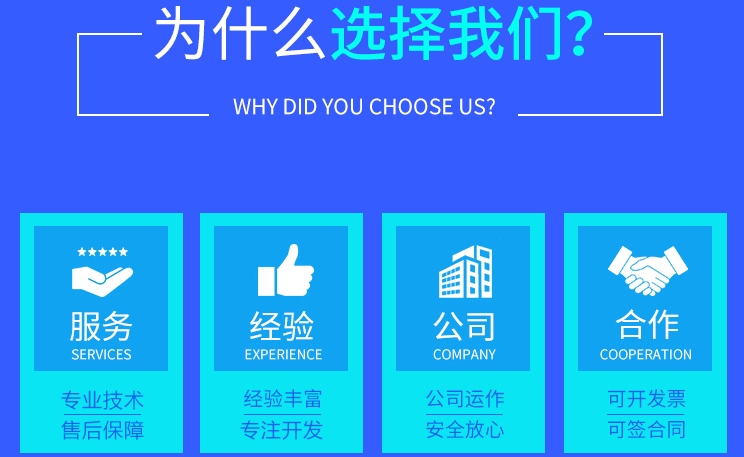ERP system procurement management solution

In the operation of enterprises, procurement management and inventory management occupy an extremely important position in the supply chain system. In the ERP system, information such as purchase requests, purchase orders, inventory quantities and installation, and in transit inventory directly affect the production, installation, and sales plans of the enterprise. Correspondingly, production and sales plans will directly drive the execution of procurement plans and subsequent procurement and inventory business. Therefore, in ERP systems, material management is closely related to production and sales management, and the three complement each other, forming a supply chain management system with real-time information interaction. In the material management module of the system, the detailed process of purchasing materials from requisition to receipt, inspection, and warehousing can be controlled. When the goods are received, the system will automatically check the correctness of the received materials and control the over receipt of quantities for relevant purchase orders. Operators can double check the accuracy of order numbers, suppliers, delivery dates, and other information to reduce operational errors.
In the material management module of the system, the detailed process of purchasing materials from requisition to receipt, inspection, and warehousing can be controlled. When the goods are received, the system will automatically check the correctness of the received materials and control the over receipt of quantities for relevant purchase orders. Operators can double check the accuracy of order numbers, suppliers, delivery dates, and other information to reduce operational errors.
In terms of procurement price management, procurement prices can be controlled through inquiry, quotation, and comparison functions, effectively controlling procurement costs and enabling enterprises to achieve the best benefits. The procurement information recording function can help enterprises achieve the separation of procurement and management during the procurement execution process, avoiding purchase risks in terms of procurement price.
The evaluation of suppliers and the performance evaluation of the procurement department can assist the procurement department in improving the areas that need to be improved in the procurement process. At the same time, establishing information associations between the procurement and accounts payable, receipt and cost accounting departments enables the information of a certain business link of the enterprise to be reflected in all other relevant links. By establishing and maintaining purchase order methods, we aim to achieve requirements such as tracking procurement contracts, arranging supplier deliveries, and evaluating procurement activity performance. Thus, improving the efficiency of procurement activities and reducing procurement costs.
In ERP, corresponding master data can be established for each product, which includes important information and control parameters related to the entire business operation process of the product. For example, the master data of the product includes basic information, procurement, sales, distribution centers, and other related information. The basic information includes the product name, product characteristics, product validity period, and product price The unit of measurement of the product and other basic information. The information of product items is stored in the system, and when users perform business operations, these related information will be retrieved. If these master data are regularly maintained and kept consistent as needed, the time required for users to process business operations will be greatly reduced.
Procurement inevitably involves suppliers, so in ERP, users can store all information related to suppliers in the supplier master record. Supplier data is a multi-layered data structure that can maintain various functional data of suppliers at the general layer, procurement data layer, bank data layer, supplier region layer, etc. For example, we can define that different suppliers have different payment methods, and we can change the payment methods when needed. Payment from suppliers can also be suspended, frozen, or unfrozen.
Next is inventory management control, and the inventory control system must have a high degree of integration and timeliness in order to ensure accurate alignment between data within the system and actual data. The use of system inventory management control can facilitate the collection, compression, and evaluation of inventory management data, achieve the collection and comprehensive monitoring of inventory information for the entire company, and facilitate decision-making. In the ERP system, all material movements and related data are recorded in the form of documents in the database. Based on this, the system provides detailed and diverse inventory analysis reports, such as inventory quantity and amount management reports and automatic reportsData input and document recording, inventory analysis reports, etc.
Then comes the formulation of procurement plans, and the ERP system provides material requirement planning functionality, which is closely linked to production plans and sales requirements. The system automatically balances inventory during the process of formulating procurement plans (procurement plans are influenced by expected consumption, expected arrival quantity, safety stock, current available inventory, material procurement cycle, and other data), ensuring that the company's inventory is always under control. This model will completely free planners from the complex Bill of Materials (BOM) deployment and planned procurement, and greatly improve accuracy. In an ERP system, procurement requests can be allocated and processed to achieve the execution and tracking of procurement plans.
Finally, there is procurement process management, which provides a comprehensive procurement process management function in the ERP system: starting from procurement requests, then through the determination of goods sources and supplier selection, a purchase order is generated, followed by tracking, receiving, and invoice verification of the purchase order to form accounts payable to the supplier, and finally payment settlement. All these process businesses can be reflected and controlled in the system, and represented through purchase order history, providing queries and analysis.






